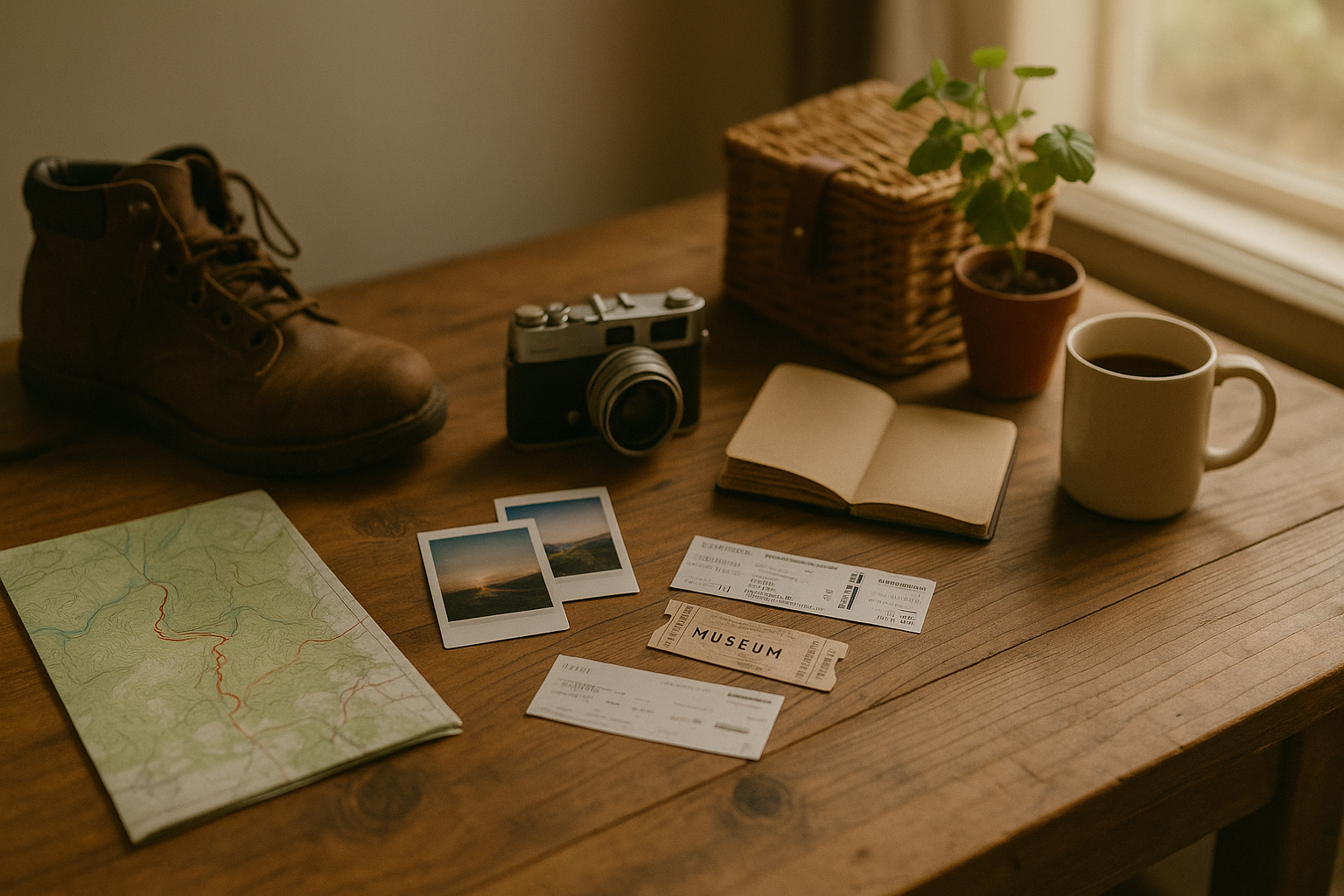Quick win: Reallocate a small slice of your budget toward planned experiences and you’ll likely report more happiness per dollar than buying more stuff—thanks to how our brains remember, anticipate, and share moments.
If a package on your doorstep thrills you for a day but fades by Friday, you’re not alone. Decades of happiness research suggest we should spend on experiences not things more often. Below is a simple, research-informed playbook to get the benefits without blowing your budget.
What the Research Says (in plain English)
- Experiences age well. Objects depreciate and become normal; memories often become more meaningful with time.
- Anticipation adds joy. Counting down to a trip or concert boosts mood for weeks; few people savor waiting for a blender.
- Identity & connection. Experiences bond us with others and reinforce who we are (“we hike,” “we cook”), which is central to well-being.
- Less comparison. It’s easy to compare cars; harder to compare your picnic to someone else’s. Less comparison → less buyer’s remorse.
Why Experiences Often Beat Things
Experiences typically deliver a “three-phase dividend”:
- Before: anticipation and planning (reading, talking, counting down).
- During: presence and connection (shared attention, novelty, skill-building).
- After: storytelling and memory (photos, inside jokes, identity).
That stack of benefits is why experiential spending tends to feel richer per dollar—especially when it aligns with your values.
When Things Can Win
- Enablers of experiences: a quality tent, hiking shoes, or cookware that unlocks repeat moments.
- Daily-use upgrades: a supportive chair or better lighting can improve thousands of micro-experiences at home.
- Craft tools: instruments, cameras, or art supplies that turn into ongoing experiences and skills.
How to Apply This Month (15-minute plan)
Step 1: Name 3 experience themes
Examples: “nature days,” “food with friends,” “learning something new.” Write one sentence for what each looks like in your real life.
Step 2: Create a tiny Experience Fund
Automate $15–$40/week into a labeled sinking fund. You’re buying moments on purpose, not on impulse.
Step 3: Trade low-joy buys for high-joy moments
Pick two expenses you barely enjoy (e.g., random app subscriptions, rushed takeout) and redirect $25–$50/month to the Experience Fund.
Example reallocation: Cancel two unused subs ($18 + $12) and one impulse delivery ($20) → $50/month funds a brunch with a friend, a museum day, or supplies for a hands-on class.
Low-Cost Experience Ideas (feel-good frugal)
- Sunrise coffee walk + photos at a local park
- Host a themed potluck or tiny tasting (tea, chocolate, cheeses)
- Free museum hours or weekday matinee
- Library workshop or author talk; community volunteering
- At-home “restaurant”: candles, playlist, and a new recipe
Common Pitfalls (and Easy Fixes)
- FOMO trips: Booking big-ticket experiences for social media, not joy. Fix: sanity-check against your top 3 themes.
- Luxury creep: Constant upgrades (VIP seats, pricier restaurants). Fix: cap “experience extras” at a % or dollar limit.
- Overscheduling: Too many plans turn experiences into chores. Fix: 1–2 planned highlights per month + spontaneous free options.
FAQ
Is it always better to spend on experiences, not things?
No. Choose the option that creates repeated or shared value. If a “thing” unlocks recurring experiences (bike, camping gear), it can outperform a one-off event.
How do I fit this into a tight budget?
Start tiny: $10–$20/week into an Experience Fund. Replace one low-joy purchase with one planned micro-experience.
What counts as an experience?
Anything you do and remember—meals with friends, classes, day trips, concerts, at-home rituals. The key is intention and alignment with your values.
Keywords: spend on experiences not things, happiness research money, experiential spending

Leave a Reply